

In today’s article we will tell about the most “mysterious” and futuristic administrative offices at SkyWay Technologies Co. - the Administration of intelligent systems.
You may ask what an intelligent system is? “Brains” is the easiest and most exact answer. Our engineering company follows the global trends, therefore the developers have not bypassed the automation of the control over the transport complex. The ability to control traffic through an artificial intelligence was originally incorporated into SkyWay transport.
The intelligent system developed by the Administration professionals contains a whole complex of collected solutions, which not only remotely controls the motion of the modules themselves, but also takes decisions independently on preset algorithms what to do in specific situations. Recognition of objects on the track using machine vision, various sensors on the track structure and in the transport module, an on-line system of interaction with users is an incomplete list of control instruments.
We asked the Head of the Administration on intelligent systems Yevgeny Rodchenkov to help us to clarify this complex and interesting subject.
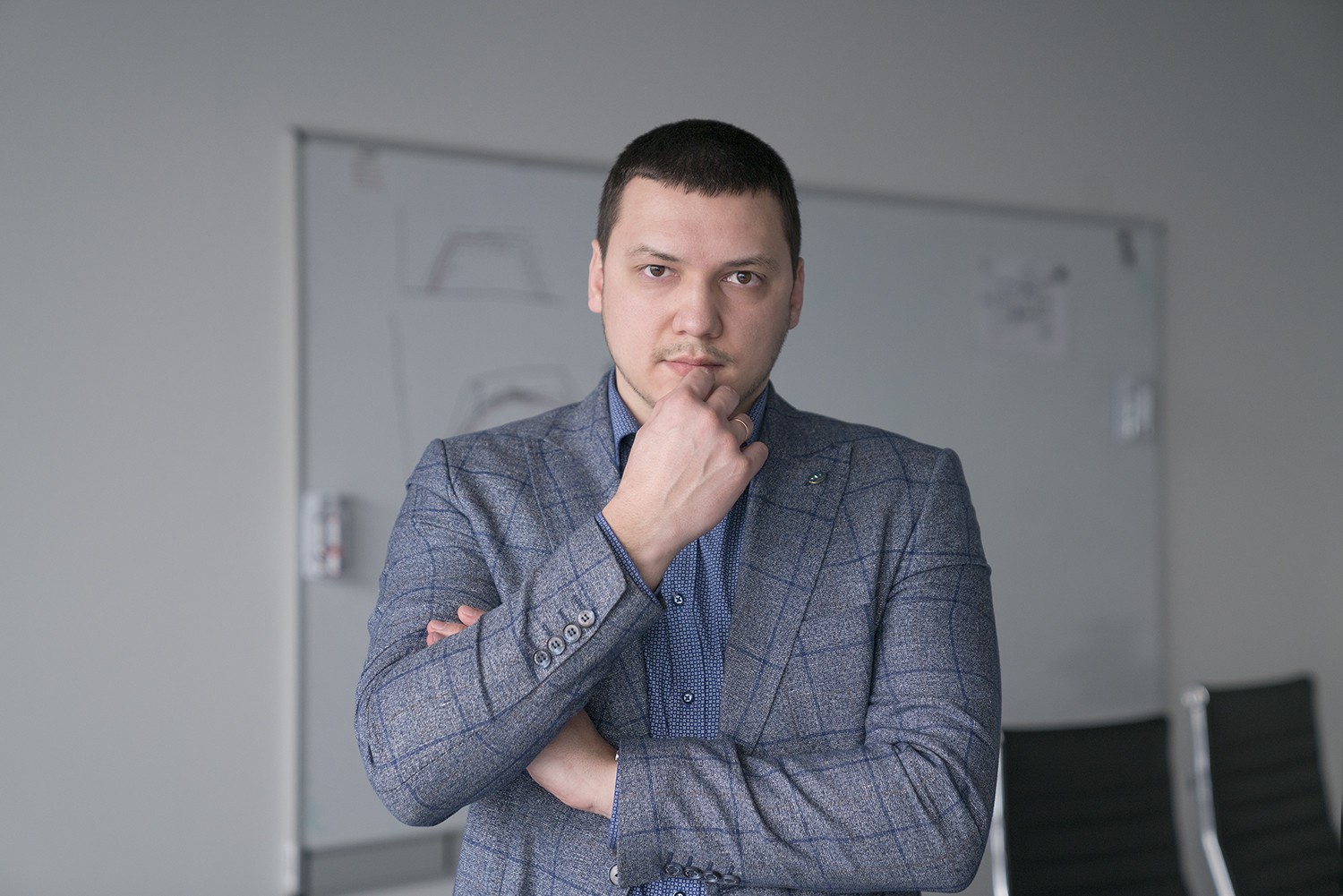
Good afternoon, Yevgeny! I’d like to start with simple questions, although I foresee that the answers to them will be more than original and unusual. After all, it will be about such high-tech things as artificial intelligence, neural networks, blockchain and so on. So tell us, please, what is the intelligent system in our project?
An intelligent system is a technical and software environment, or as it is called now, a cyber-physical system capable of solving problems at the level of mathematical and clear logic using the analytical possibilities of neural networks.
The structure of an intelligent system includes three main blocks - the knowledge base, the decision-making mechanism and the intelligent interface.
In fact, intelligent systems are a group of sciences, united under the name “artificial intelligence”, which contains an algorithm capable of independent decision making.
Well, and what exactly is your Administration engaged with?
We develop and implement control systems using artificial intelligence. The main areas we deal with are:
- development of a machine (technical, computer) vision system with the task to provide information safety for the transport complex (TC);
- development of TC control systems for automatic (including autonomous) or automated control of transport modules, station elements, track structures, turnout switches and other systems;
- development of blockchain platform for protected control of TC;
- development of web platforms (websites, applications) for TC controlling.
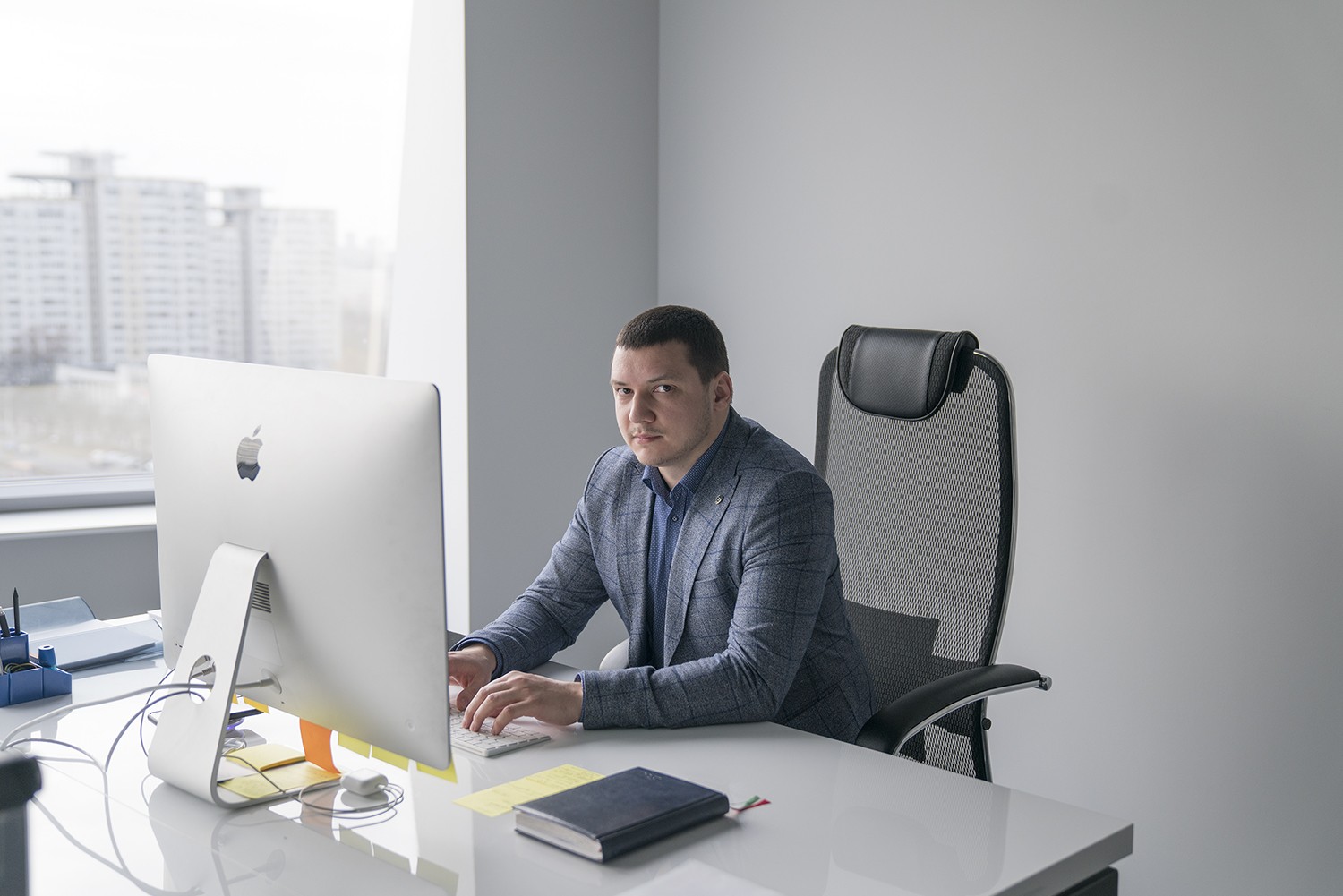
So, what is the division into departments? What professionals do you have in your staff?
There are only 5 departments in the Administration of intelligent systems: on analytics, technical vision, design development, web development, and a new recently created department – on advanced developments and hardware solutions. We have 28 people in staff. We also collaborate with several companies on analytics of control systems and cryptography.
Our team consists mainly of programmers, but there are also engineers, scientists, system architects, electronics engineers, project managers, designers, testers, analysts - a complete set for a successful creation of intelligent systems! And due to the rapid growth of the company and the progressive expansion of the new product lineup, we are constantly replenishing the team with new professionals.
Interest to automated control systems is growing from year to year, and various corporations are “trying themselves” in this area, because digitalization and automation is the trend that they are trying to follow. The developers of SkyWay transport also understand the advantages of these processes, therefore, they equip their vehicles with more and more “intellectual” technologies.
Thus, SkyWay vehicles have already acquired “eyes and ears” thanks to high-tech engine vision. Special sensors read information that occurs around, and an intelligent system based on neural network analysis determines objects, recognizes them, identifies and takes a decision depending on the type and situation. The control system “makes conclusions” and transmits a command for action to the onboard system. The specified trajectory of movement is recalculated and a new route assignment is compiled. The info goes to the database, where automatic changes in the schedule are instantly made and saved as an experience.
Tell us more about the departments, who does what?
Each department has its own list of tasks.
The department of analytics collects and outlines technical specifications, works out the system architecture together with system architects, substantiates the composition and structure of subsystems, components and elements, formulates technical tasks.
The staff of the department provides support to the product throughout the entire cycle of its development and controls the compliance of the developing product’s parameters with the requirements of the customer.
The department also participates in the development of concepts for building intelligent control systems, monitors the unification and standardization of software/hardware solutions, analyzes advanced global trends in the development of intelligent systems in the transport sector to incorporate the best experience into our technologies. The department is also engaged in the optimization of business management processes.
The technical vision department deals with the problems of detecting, recognizing and classifying objects based on information from optical and radar sensors, including the use of Sensor Fusion technology (combining information from various sensors to improve measurement accuracy).
Specialists of this department are also responsible for the development of the subsystem for monitoring and identifying emergency situations.
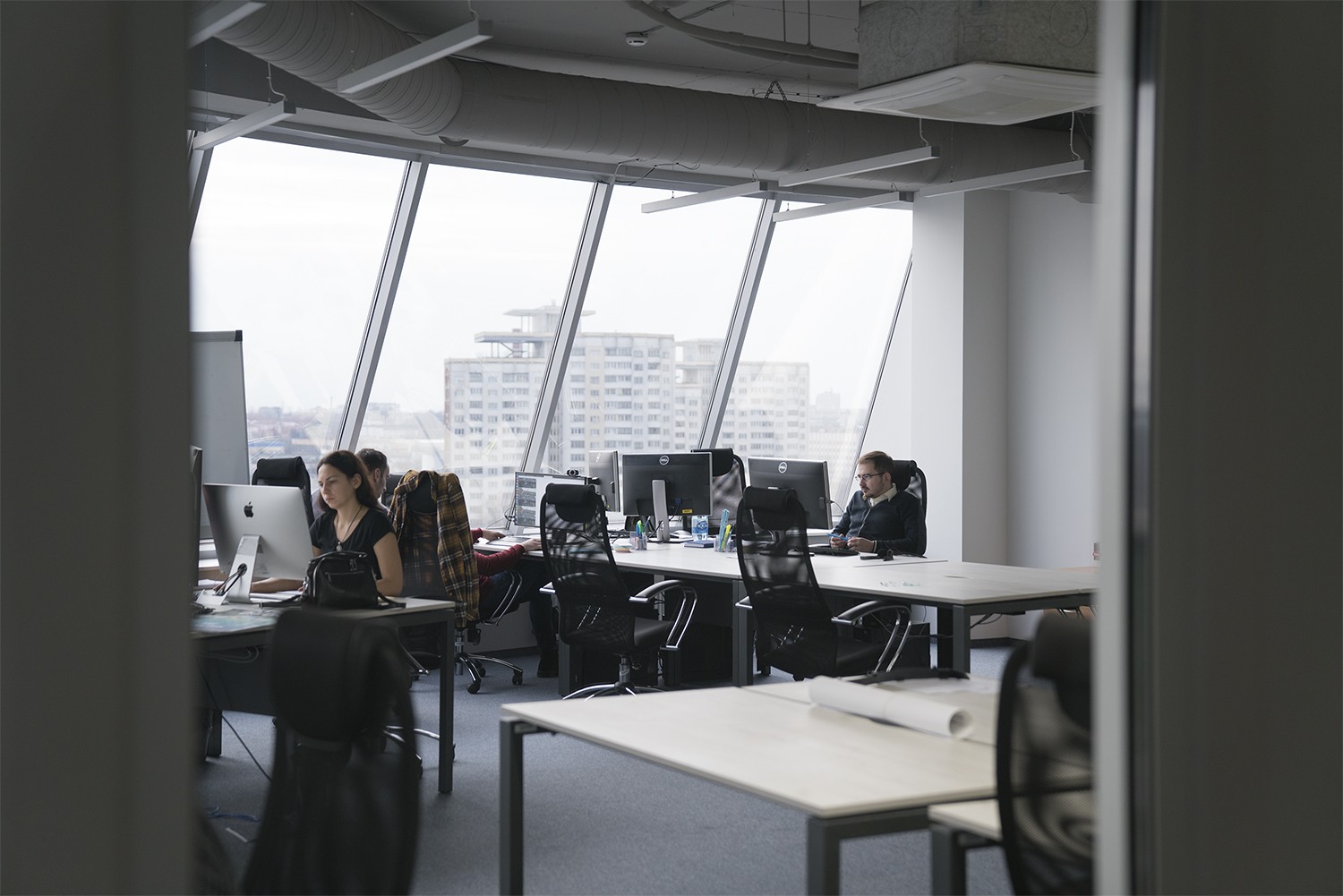
The development department is engaged in a full cycle of creating computer software, from idea to implementation. The employees of the department have worked out mathematical algorithms for assessing the situation when a vehicle is running, its positioning on the track, automatic generation of route tasks based on the current, real situation.
Specialists of the department have created a vehicle motion emulator, with which you can conduct virtual testing without the participation of real pods simulating various algorithms and events while driving.
As one of the urgent tasks of the department, we consider the use of big data technology, since multidimensional statistics is necessary for effective operation of intelligent control systems.
The department also develops infrastructure software for dispatch offices, online services, for passengers, transport complex users. All accumulated knowledge and developments are “added” to the data base and they can be used in the future in other projects. We hope that they will find application in the SpaceWay cosmic program, too.
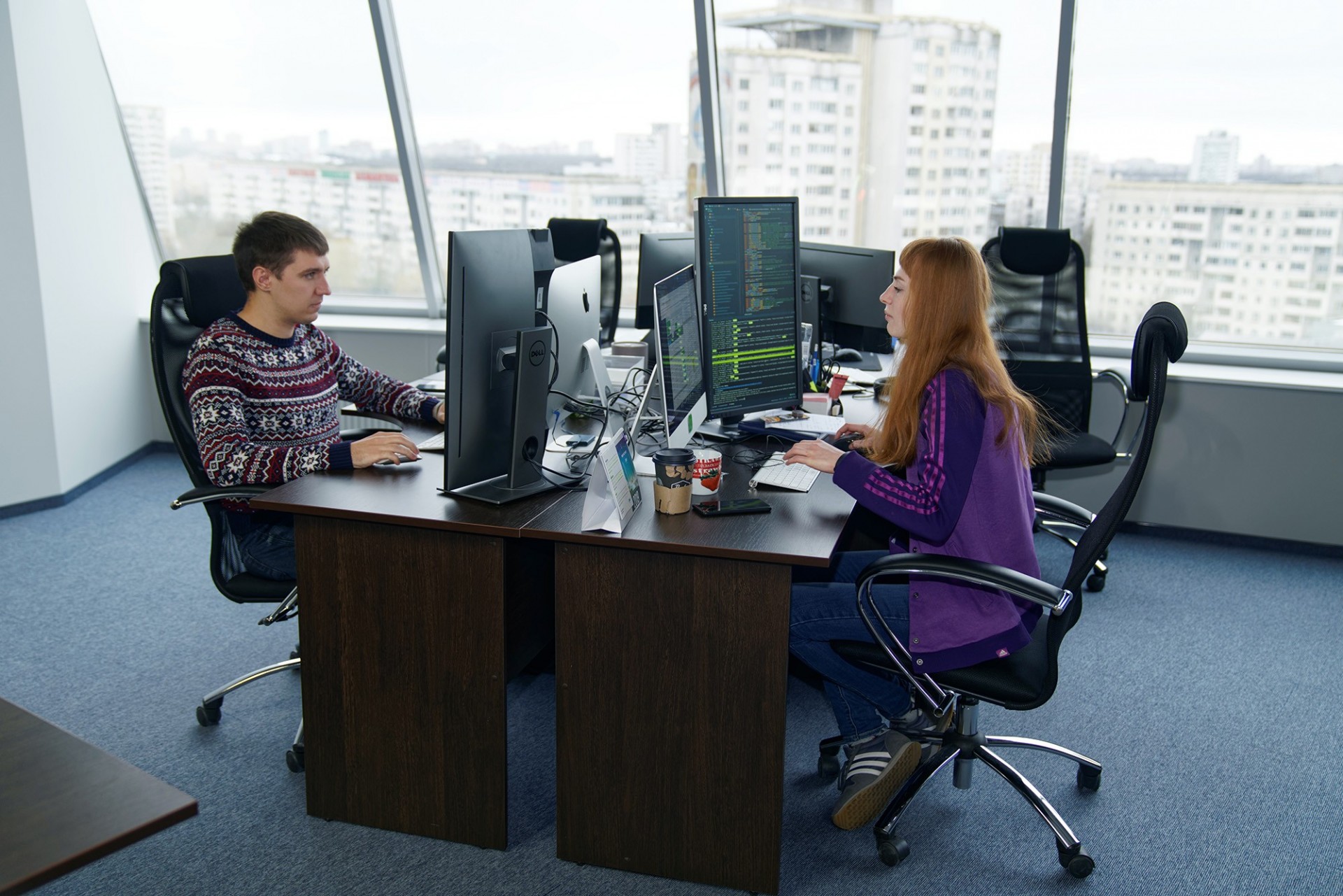
The department of web development is set off as a separate subdivision in charge of the development and maintenance of SkyWay's websites.
The Department of advanced development and hardware solutions is a newly created department that develops new technologies and prototypes of the existing ones in terms of hardware and software (controllers, onboard computer systems, sensors).
This department was formed with employees who were engaged previously in the search and development of new approaches and solutions. If we do not find something suitable for us on the market, then we invent, think over and introduce it ourselves.
For example, we have designed and produced a standby module, which monitors a “sleeping” vehicle, controlling the battery charge level or other important parameters of the module. If necessary, this unit performs a remote transfer of the vehicle from a standby (“sleeping”) mode to the operating one, and vice versa, giving commands to perform specified actions.
The department is also engaged in research and implementation of promising solutions, helps in testing, adjusting, arrangement and installation of software. Together with the designers, the type and technical features are worked out and then are passed over for TC layout.
We can conclude that each department works both as part of its tasks and as part of the management as a whole, often engaging with the solution of related tasks. I believe that in the current structure, management functions as an effective, single organism.
However, it is worth remembering that the neural network cannot be used as a system for decision-making, it can be used only for analytics when making decisions. The use of a neural network has a certain danger: if it is not properly trained, then it can cause a lot of trouble.
For example, in one experiment, it was used in order to pass and win a game, faster than a person can do it. And it managed to do it. However, not entirely with “clean” methods - using bugs in the game, but not the speed of pressing the keys or other “human” methods. This is all because it was programmed for the result, without taking into account the fact that a bug is a dishonest behavior, a violation of the rules, and this is unacceptable for solving problems.
But it is the neural networks and big data analysis that are able to provide today more accurate and faster answers than a person or another mathematical system could find.
Tell us about the global development prospects.
We have chosen several areas that we are actively exploring and introducing today. Here are some of them: artificial intelligence, automation of the transport complex operation, big data, provision of digital services including monetization, and integration of external services with our systems.
Efficient and safe automatic control of the transport complex (TC) is the main task of intelligent control systems. Taking decisions on the optimal transportation of passengers and goods will be done by the artificial intelligence. Such a system will choose on its own, how it is better, faster and easier to service people or traffic goods.
As for the safety of TC control, the program will “have a look at the spot”, what to do in various situations, calculate the options of solutions and choose the best one, which will exclude dangerous situations.
As regards digital services, it’s about providing services to users of SkyWay informational systems. And by association, we mean the full integration of our software with external digital services, merging or symbiosis, depending on a particular situation.
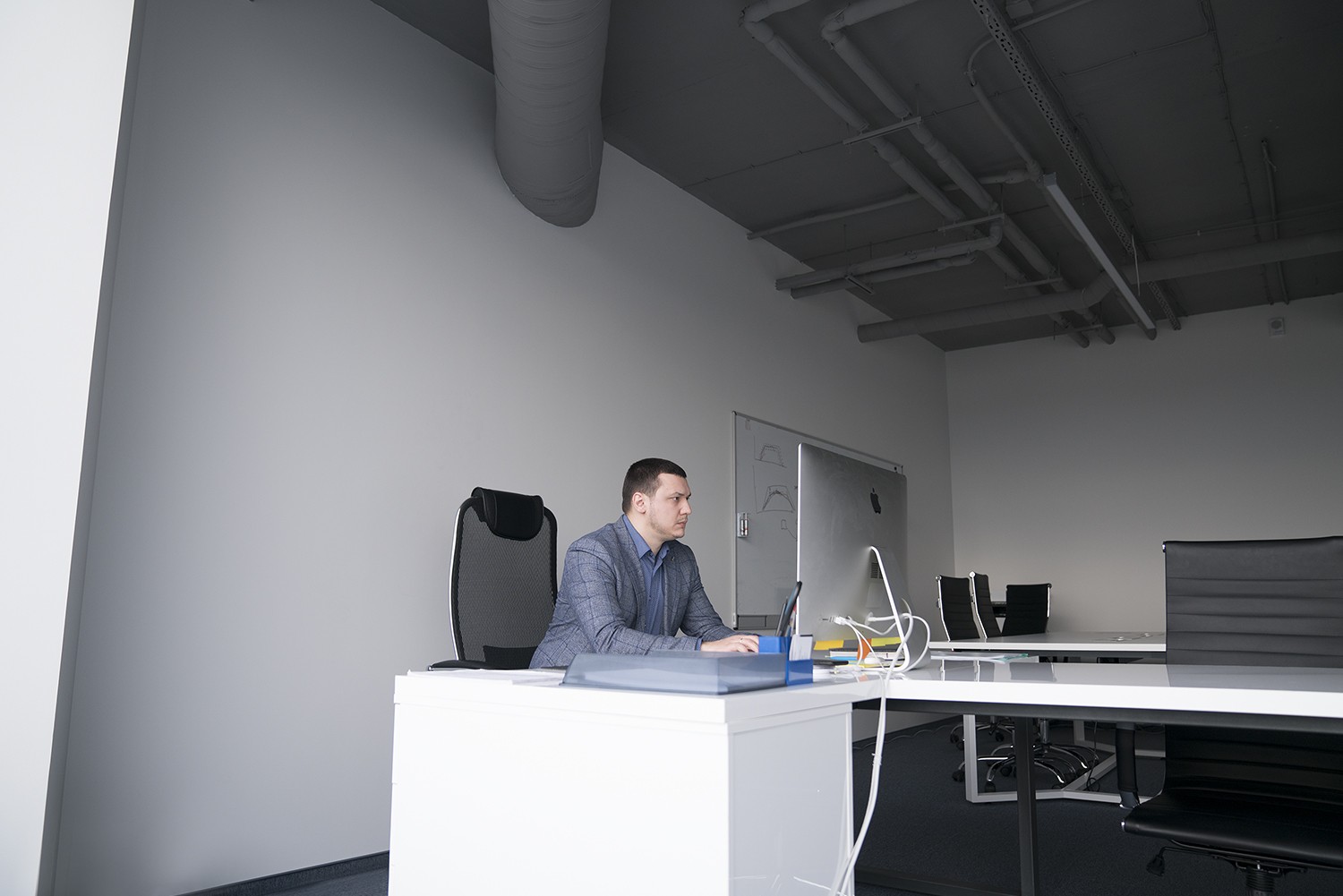
And what exactly do you have in development currently?
Of course, the question is interesting! But I’m afraid, in order to describe it all, you would need to write a book [laughs]! Our Administration is involved in many processes of the Company. We are engaged with intelligent control systems for all transportation systems (modules, track structures) and are participating directly in the elaboration of potential international targeted projects. The task list is incomplete, of course, it is not so easy to tell about many things.
The most important thing in transport is its safety. Unmanned vehicles have rather simply divided people into those who are “in favor” and “against.” But do not forget that the first tests of any new technology are accompanied by failures, and this is a normal process of coming into being.
The developers of string transport initially set themselves the goal of reducing the risk of dangerous accidents (read, car accidents) to a minimum, for which the “second level” transport system was created. By transferring the active movement of people from the ground to a separately allocated “line”, a string rail thereby reduces the risk of collisions of passengers, cyclists and other road users.
Equipping vehicles with an automated control system, we remove one more factor that leads to tragic errors, the human one.
That is, it turns out that we train a vehicle to think and take decisions rationally, but at the same time we do not include in the algorithm those human “errors” of brainwork that can lead to an error, leaving only a clear and rigid logic.
And what has already been implemented in practice?
I can proudly say that a lot has already been done.
A system of high-precision positioning and obtaining of vehicle motion parameters at the track structure and stations, based on the integration of information (Sensor Fusion) from RFID readers, Hall sensors, GPS/GLONASS, have been developed and implemented. It will also be supplemented with information from optical and radar sensors, including the use of a digital map of terrain.
The training object recognition system adapted to the features of TC functioning is being implemented. We have implemented an algorithm for identifying potentially hazardous objects against the background of TC infrastructure elements, which is very important for radar sensors. We have developed the functionality of remote monitoring of the vehicle condition - in operational and “sleeping” duties. We have created a player for educating the neural network, thanks to which more than a dozen types of objects are currently identified with a probability close to one. Work also continues to improve the accuracy of recognizing other objects, the total number of which exceeds 90. Our professionals have developed and tested such a seemingly trifle thing as a thermal casing for temperature-sensitive equipment, thereby adapting the TC for different climatic conditions.
Thanks to the machine vision system, a vehicle, when it detects a potentially dangerous object, changes the parameters of its movement, up to a complete stop, and adjusts its routing task in real time.
We have created a simple and easy-to-understand interface where you can outline a route task taking into account the restrictions on the passage at particular sections of the route, indicate the stops for passenger pick-up and drop-off, loading and unloading of cargo.
The created systems are integrated into the vehicle and train it to take decisions independently and act in a real situation. Now we have an even more accurate positioning system, based on Hall sensors, RFID tags, GPS positioning. The developed systems work jointly with the onboard control system, to which we transmit motion parameters and obtain information on the state of the vehicle. In case of failure of our systems, the onboard control system should ensure the delivery of passengers/cargo to the destination based on the information previously transmitted to it.
Thanks to the created vehicle emulator in a three-dimensional model, we can compile and test route tasks for different conditions: length of the routes, passenger traffic, different quantity and types of modules.
We can say that today we are at the stage of implementation, improvement and training of our intelligent systems - positioning system, machine vision systems, the system of vehicle and transport complex control.
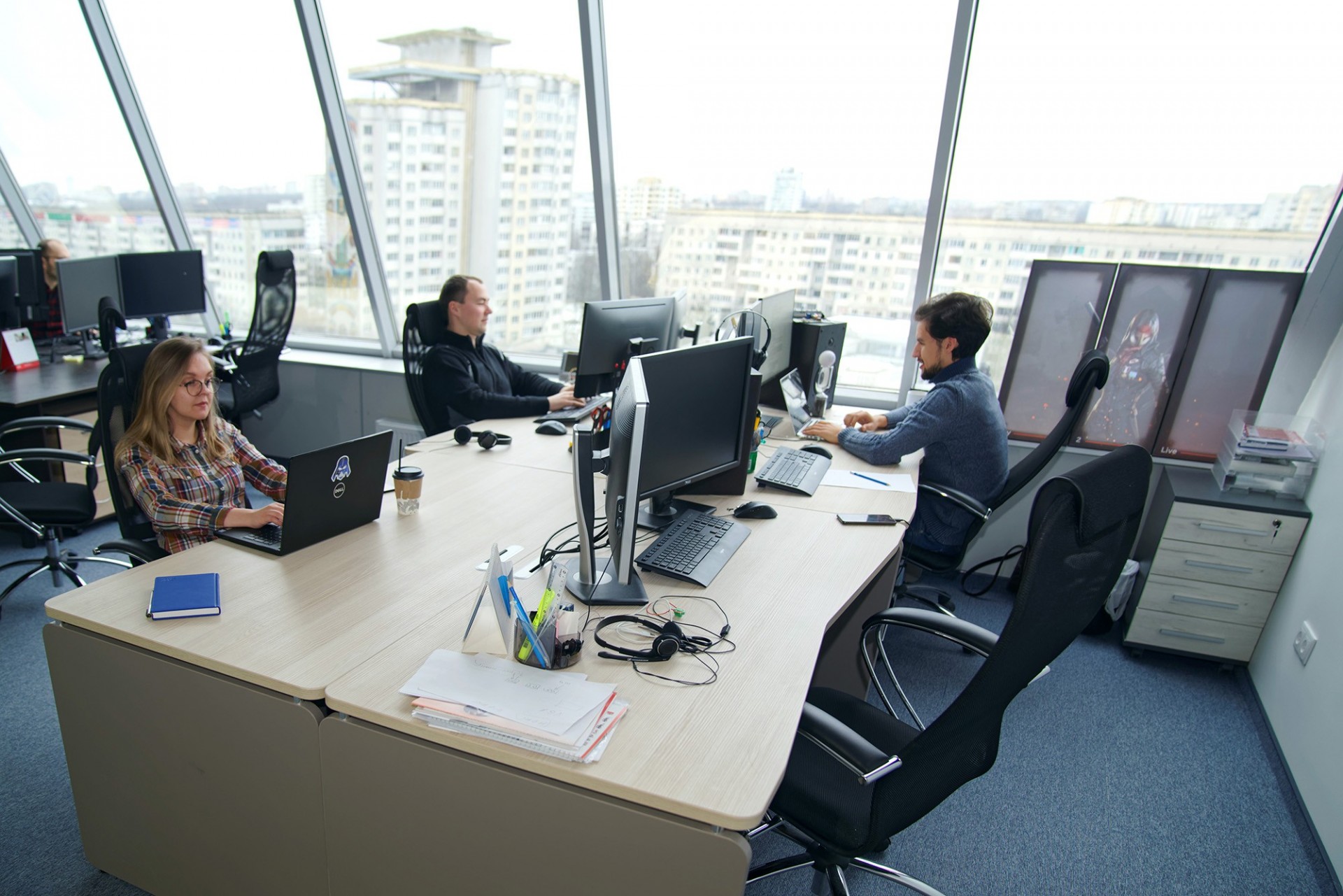
This form asks for your consent to allow us to use your personal data for the reasons stated below. You should only sign it if you want to give us your consent.
Who are we?
The name of the organisation asking you for consent to use your information is:
Global Transport Investments
Trident Chambers, P.O. Box 146, Road Town
Tortola
British Virgin Islands
We would like to use the following information about you:
Why would we like to use your information?
Global Transport Investments would like to send this information to company registry, inform you about its news, for refund purposes.
What will we do with your information?
We store your name, address, ID Data, date of birth into company registry. We will share your e-mail & phone number with IT Service (https://digitalcontact.com/), SMS Center (http://smsc.ru). They will add your details to their mailing list and, when it is news update, they will send you an email or sms with details. We store your credit card number for possible refunds.
How to withdraw your consent
You can withdraw the consent you are giving on this form at any time. You can do this by writing to us at the above address, emailing us at the address: [email protected] or by clicking on the unsubscribe link at the bottom of emails you receive.
This privacy notice tells you about the information we collect from you when you sign up to receive our regular newsletter via our website. In collecting this information, we are acting as a data controller and, by law, we are required to provide you with information about us, about why and how we use your data, and about the rights you have over your data.
Who are we?
We are Global Transport Investments. Our address is Trident Chambers, P.O. Box 146, Road Town, Tortola, British Virgin Islands. You can contact us by post at the above address, by email at [email protected].
We are not required to have a data protection officer, so any enquiries about our use of your personal data should be addressed to the contact details above.
What personal data do we collect?
When you subscribe to our newsletter, we ask you for your name and your email address.
Why do we collect this information?
We will use your information to send you our newsletter, which contains information about our products.
We ask for your consent to do this, and we will only send you our newsletter for as long as you continue to consent.
What will we do with your information?
Your information is stored in our database and is shared with with IT Service (https://digitalcontact.com/), SMS Center (http://smsc.ru). It is not sent outside of the Euro. We will not use the information to make any automated decisions that might affect you.
How long do we keep your information for?
Your information is kept for as long as you continue to consent to receive our newsletter.
Your rights over your information
By law, you can ask us what information we hold about you, and you can ask us to correct it if it is inaccurate.
You can also ask for it to be erased and you can ask for us to give you a copy of the information.
You can also ask us to stop using your information – the simplest way to do this is to withdraw your consent, which you can do at any time, either by clicking the unsubscribe link at the end of any newsletter, or by emailing, writing us using the contact details above.
Your right to complain
If you have a complaint about our use of your information, you can contact the Information Commissioner’s Office.
Rate and Comment
You can assess the importance of a particular publication and the level of its preparation. Share your opinion in the comments!